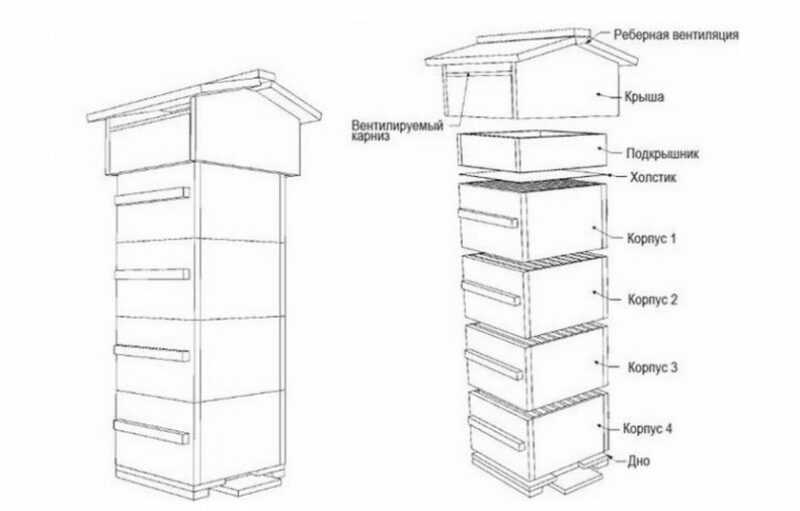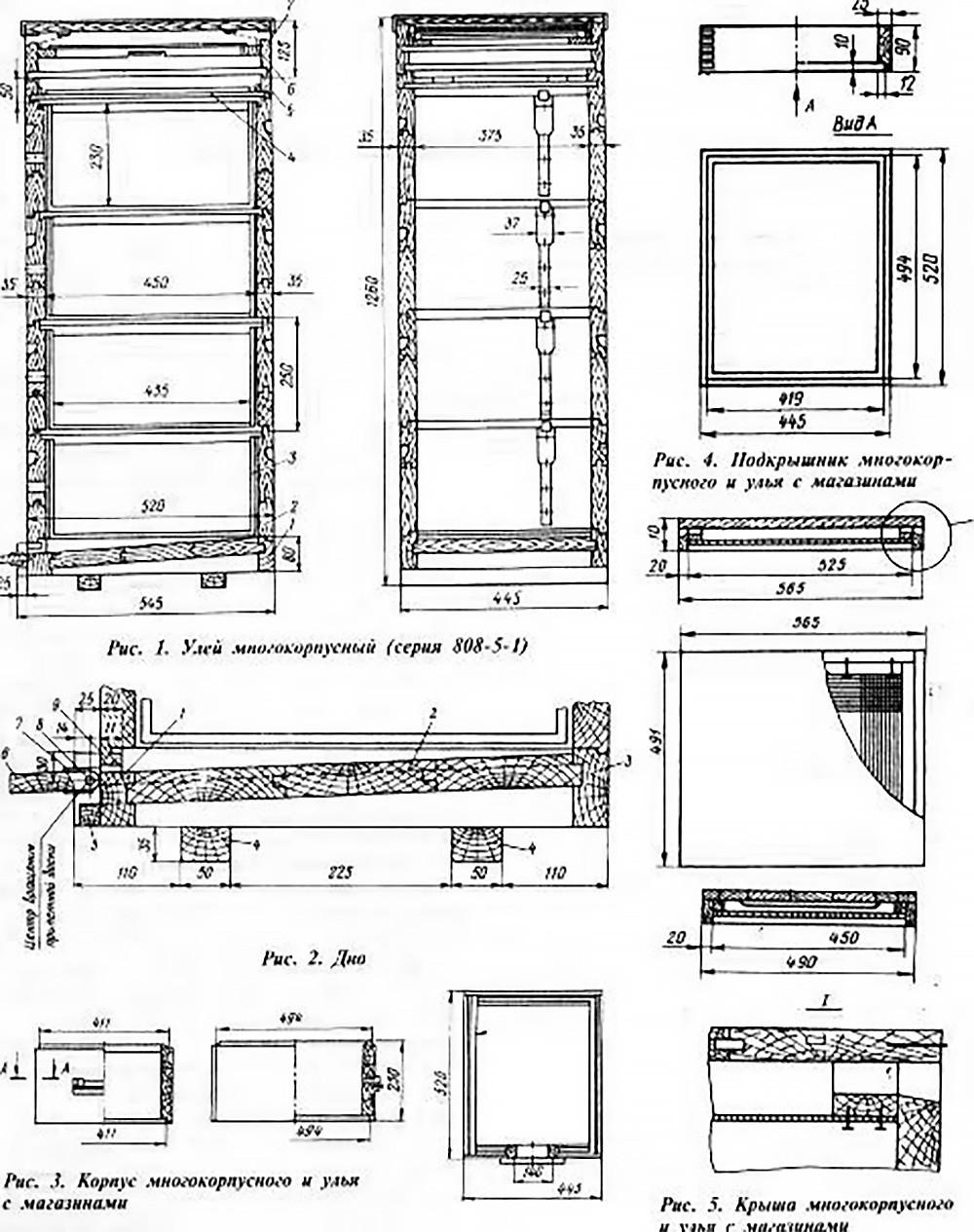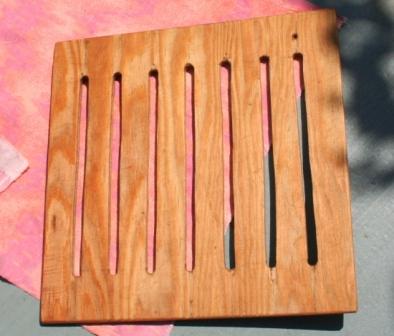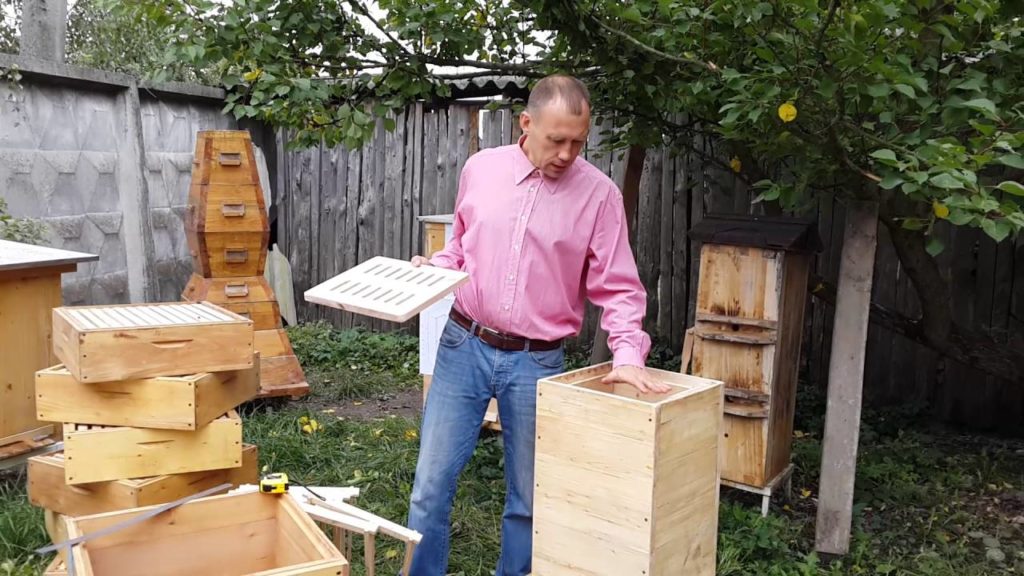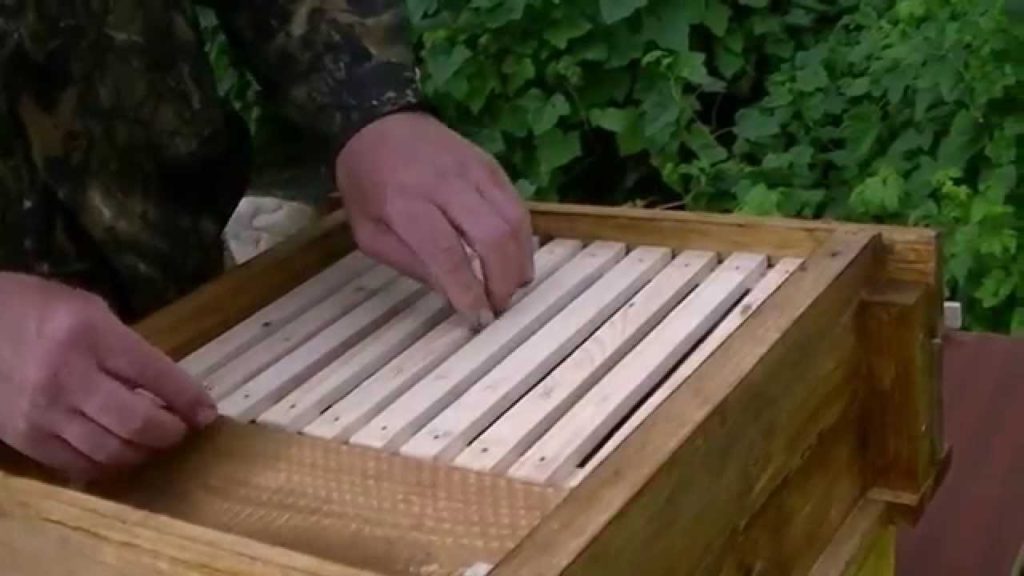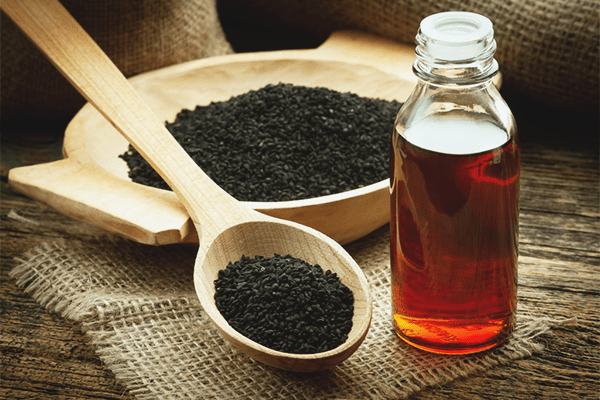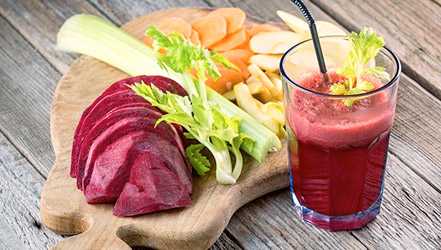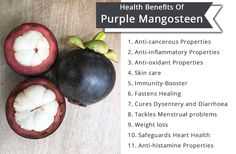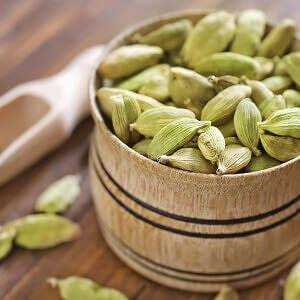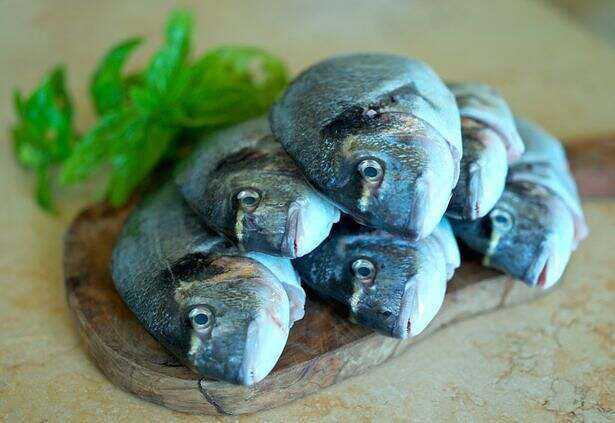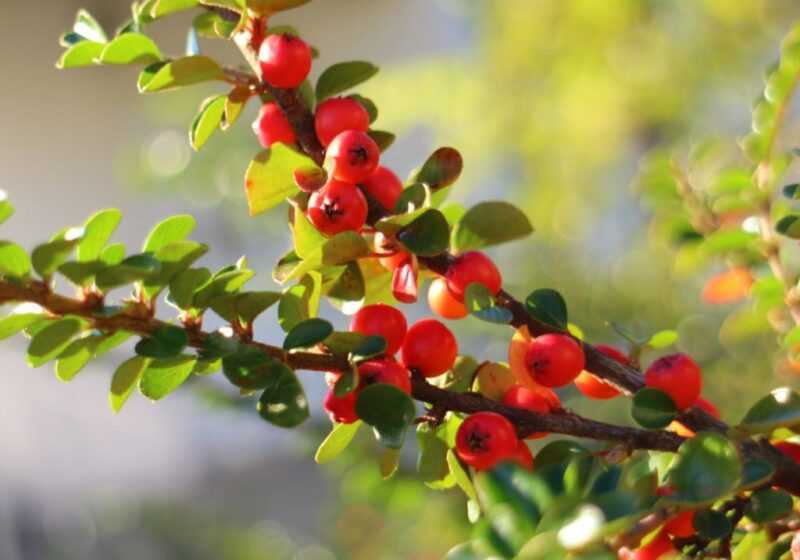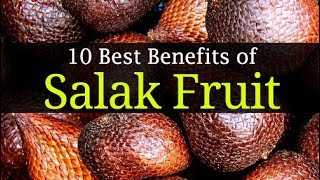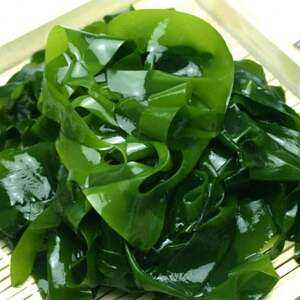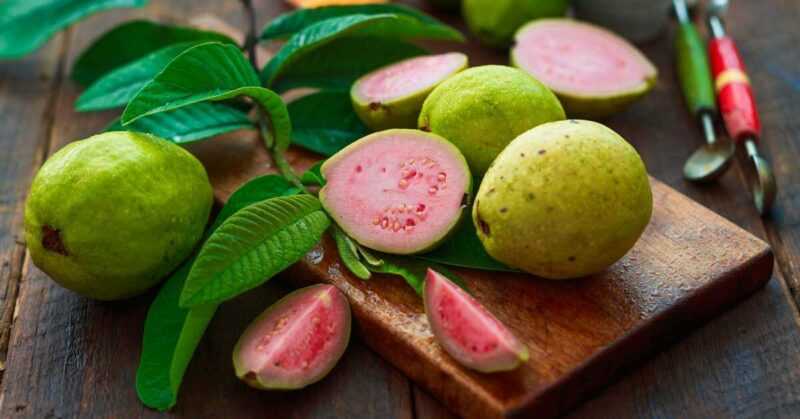Usually novice beekeepers start several swarms. Families of insects grow rapidly, and so does the appetite of the beekeeper. Simple and practical nest houses are well suited for expanding the farm. These include, for example, the Great Russian beehive. It’s easy to do it yourself.
Description of construction
The Great Russian Beehive is a classic in beekeeping. It looks a bit like a tree hollow. Bees like the design because it resembles a natural home. It is also convenient for the beekeeper to take honey from the nest.
Advice!
Bees in a Great Russian hive can do without a person for a long time. Although, of course, constant supervision is desirable.
The Great Russian beehive is often made from conifers. Houses to order from stores are sometimes delivered unpainted. In other cases, the color is negotiated separately.
Many beekeepers make Great Russian hives themselves. The design is simple and reliable. The features of the house include the following:
- Consists of several buildings.
- Reinforced nesting frames. There are special ridges on the side slats.
- There is space between the outer and inner housing. You can use it to dry 2-4 frames.
The Great Russian beehive was invented by Vladimir Evgenievich Baran. Before that, he studied someone else’s experience. The new design includes elements of other types:
- Decks. From here the natural shape of the house and the large volume are borrowed. This is the core of the design.
- Hive Vitvitsky. The Great Russian resembles its appearance (dome, “bell tower”), good tightness.
- Ulya Prokopovich. From here the Baran took a nest device, some dimensions. A model of steel and dividing boards with cuts.
- Dadan’s hive. Upper housings design.
How to Make Your Own Hands
To build a Great Russian hive, you will definitely need a drawing. Then they prepare all the necessary materials and tools and get to work.
Materials and tools for manufacturing
First of all, they find and buy suitable materials:
- Coniferous wood. The boards are dry, 2,5–3,5 cm thick.
- Galvanized iron. It will be needed to upholster the roof.
- Nest frames. You can take ready-made ones. Size – 30 × 60 cm.
- Stainless steel mesh.
- Polyurethane.
- Polystyrene.
- Styrofoam.
Tools, means – standard for a home craftsman:
- a hammer;
- saw;
- drill with drills;
- passages;
- ruler, tape measure;
- gon;
- glue on a tree;
- wire;
- self-tapping screws;
- chisel;
- awl, etc.
Drawings and dimensions
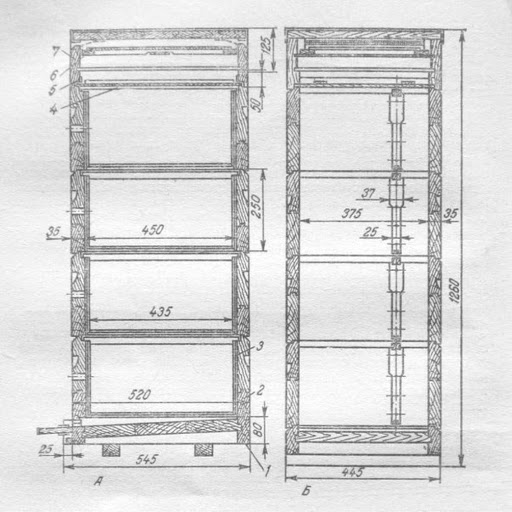
Further, a detailed drawing is performed. The more detailed it is, the easier it is to work later.
Advice!
It is not necessary to follow the drawing according to all the rules. The main thing is to make it clear yourself. Sometimes they mark what material is made of.
The Great Russian hive has a special configuration and structure. This is what they start from when drawing up a drawing:
- Inner body (nest). Thickness – 2,5 cm. Designed for 8 frames.
- External casing. Wall thickness – 3,5 cm. Put on the inner one.
- Two or more buildings of Dadan (honey). Each is designed for 12 frames. Install on top.
- Bottom. Represents a wooden frame with a stainless steel mesh in the center. After fumigation, the bee shakes off ticks from itself and from others. Plus the mesh helps ventilation. They are closed with an outpost shield only in cold weather: from late autumn to spring.
- Roof. Flat standard. Galvanized. Unlike most other hives, there are no ventilation holes. Everything is sealed.
Equipment of the hive inside
It is important to properly equip the Great Russian hive inside. The normal life of bees and the success of the whole business depend on this. Inside the Great Russian hive they place:
- Shops for 12 frames.
- Roof liner.
- Shop frames 43,5 × 14,5 cm. Sometimes they use other formats (basic), for example, 435 × 300.
- Ceiling.
- Nest frames. The size of each is 30 × 60 cm.
- Outpost shield. This is a special board. It is used during the wintering period of bee colonies.
- As a rule, the Great Russian beehive is supplemented with a Prokopovich separator. Needed to break the nest. Represents a board with cuts. It is used to cover the nesting part of the hive. The uterus does not go through the cut, although the size allows it. The point is in the total thickness of the nest frame and the Prokopovich separator: about 4 cm. Such a rupture instinctively pushes the uterus away. Plus the temperature above the nest is slightly less. The worker bees crawl through the divider up to the honey frames.
Advantages and disadvantages
Important!
House, the nest imitates a hollow. The design is assembled according to natural laws. The bees feel comfortable here.
The Great Russian hive has other advantages:
- Suitable and stable inside temperature. Helps, including the Prokopovich separator. Protective air corridors appear.
- Low humidity inside the enclosures.
- Air circulates between the lower inlet and the tap holes in the upper buildings. Honeycombs are ventilated without harming nesting ones. The queen and brood are not supercooled. Not all types of hives have this plus.
- Insects are of little concern. The beekeeper hardly looks into the nesting, lower part of the Great Russian hive.
- It is convenient to take honey, especially from frames 43,5 × 14,5 cm. It is possible even in winter, as Pyotr Prokopovich sometimes did.
- Successful design of nesting frames. Researchers have found that bees make 6-8 honeycombs for reproduction. There are just 8 frames in the nest of the Great Russian hive.
- Fast transition to active work. In some other hives, beekeepers fear hypothermia of the nesting part. Therefore, in the spring, they do not use all honey tips. In the Great Russian hive, the Prokopovich separator protects the nest from hypothermia. It is a kind of diaphragm, a buffer. Therefore, all upper enclosures can be mounted at once. This is usually done in early May. Depends on the climate. The landmark is the appearance of the first drones.
- The Great Russian beehive has a “margin of safety” and can do without a person for quite a long time.
- Bees do not congregate in the nest, so they swarm less. Mostly they fly in from below, but quickly rise to the honeycomb through the cuts, the space between the buildings. If it’s cool at the top, they can go into the nest for a while to warm up.
- Easily disassembled, carried, repaired.
The Great Russian hive also has disadvantages:
- Poorly protected from wind, drafts.
- Tall, “multi-storey”, which is not always convenient.
Bee keeping rules
Important!
To be successful, you need to constantly monitor the situation in the hives. In winter, bees are more vulnerable. They cannot maintain the temperature, eat a lot, feed the raplod worse.
In cold weather, in winter, the work of beekeepers is as follows:
- Check the ventilation and humidity in the hives. If necessary, increase the air exchange in the winter house or in bee houses on the street. The swarm is afraid of humidity and temperature changes more than frost. In hives for ventilation, it is possible not to insulate the space between the nest and the walls of the outer housing. Air cushion keeps you warm. The upper bodies are removed.
- Wintering bees are checked once a month. Strong buzzing indicates problems. If the bees are worried, it means that they are stuffy or they do not have enough food.
- Give top dressing. For every Great Russian beehive you need a couple of hundred with bee bread. It is an excellent protein feed.
- Starting from the end of February and in March, they give a decoction of yarrow, needles, wormwood. This is a curative, preventive feeding. Specialists sometimes prescribe other means and procedures. Beekeepers fight bacteria, disinfect equipment.
The state of the bees is monitored during the rest of the year. Special attention is needed when the offspring appear and the temperature inside the hives rises to +34 ° C. At this moment, the bee family is entitled to a “benefit” – a sugar cake with pollen. It is placed on a frame under the canvas.
Prepare a cake like this:
- Take 1 kg of mature honey.
- Heat to +40 ° C.
- Put 4 kg of powdered sugar there.
- Knead the dough.
- Pour in warm water. For 10 kg of honey and powder, 1 liter is needed.
Beekeeping tips
When working with Great Russian hives, advice from experienced beekeepers will help:
- Before expanding a bee colony, preparation is needed. Check inventory, add frames, etc.
- By winter, the swarms become more heaped. The weak are united with the strong or among themselves. In Great Russian hives, this problem occurs less frequently.
- Do not forget about protein feeding in winter. If the bees do not have enough food, the brood is weak.
- It is taken into account that families with a young uterus tolerate the cold more easily.
- A good beekeeper establishes “feedback” with the bees, understands them. For example, after a control hit on the wall, the “chorus” buzzes out of tune, uncoordinatedly. This means that bees eat little. You need to add feed. And if the bees are lethargic, they buzz a little, perhaps something happened to the queen.
- We need NZ – frames with bee bread, honey. Store sealed only.
A good beekeeper usually resembles his charges. He is constantly working and always gets honey.
